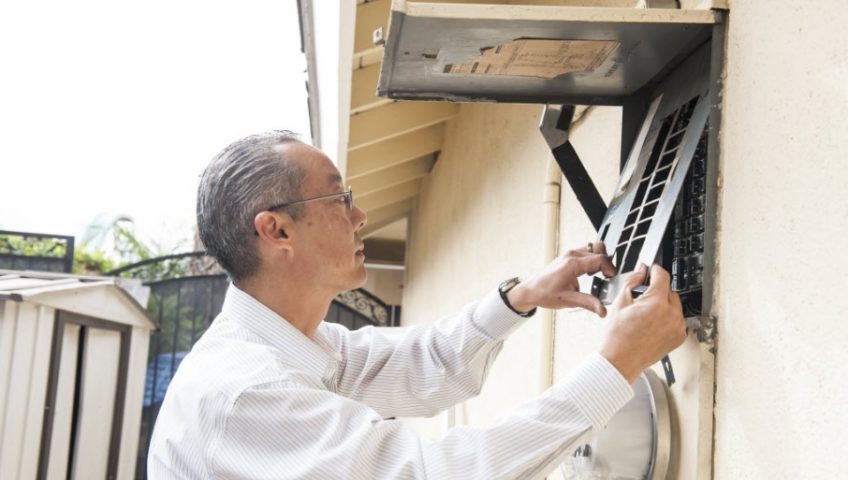Be knowledgeable about the house’s electrical system before buying. The mechanical systems of a home are often overlooked during the home buying experience, as buyers focus more on the aesthetics of their potential purchase.
Here are some helpful hints regarding one of the most important systems of the home – the electrical system.
Hire a home inspector
It is important to hire an independent home inspector who is properly licensed in your area. A good home inspector will catch most of the electrical issues. A buyer should make every attempt to be present when the home inspection is done. If a home inspector finds any electrical problems which may be out of his/her scope, you might be referred to a licensed electrician for further inspection or consultation.
Check electrical items
The wires, conduits and boxes should be securely fixed to the building. There should be no visible signs of damage or deterioration. There should be at least one ground rod or other approved grounding means present at the service. The minimum acceptable residential service size in most municipalities is 100 amp and 120-240 volts, although 120- to 208-volt service is also common.
Importance of electrical panels
The main electrical panel or circuit breaker is the most important part of a residential installation. Typically, the main panel also contains the main disconnect. Many older circuit breaker panels do not have a main disconnect but rather a multi-throw disconnect. This means you must shut off more than one breaker to completely turn off the power in the house. Many municipalities no longer allow this type of panel.
Panels should be neat and tidy. There should not be excessive wire slack. Each breaker should supply one wire only. Breakers should be clearly labeled. All GFCI and AFCI breakers should be tested for operation. There are several brands of circuit breaker panels with well-known documented issues. The most notable would be Federal Pacific Electric (FPE) and Zinsco. Zinsco panels also bore the brand name of Sylvania, GTE, and Kearney. These panels should be replaced.
Fuse panels are still quite common and generally safe if used properly. Unfortunately, people will often replace fuses with an inappropriate type or size. Since fuse panels tend to be small, there is also a tendency to “double lug” or add too many circuits to one fuse. In many cases, replacement is the best option for fuse panels.
Types of electrical wiring
It is important to determine what type or types of wiring were used for the branch circuits in the home. Ideally, a home should be wired with copper conductors. Aluminum wire was used from the late 1960s to the late 1970s. Aluminum wiring can be dangerous and troublesome. Knob-and-tube wiring was an early method of wiring homes. It had fallen out of favor by the 1930s, but has been found in homes constructed as late as the 1950s. K&T configurations typically are not well suited for today’s electrical demands. Consult with a licensed electrician and your insurer before considering a home with aluminum wiring or K&T.
Electrical outlets
An electric receptacle should be secure and free of paint and wallpaper. They should be checked for wiring faults with a simple outlet tester. GFCI receptacles should be tested for operation. Light switches, fixtures and fans should all be operated to make sure they are in good working order. Appliances such as the garbage disposal, dishwasher, HVAC, range, dryer, washer and water heater should be cycled to make sure they are in working condition. Wired smoke detectors should be replaced if they are more than eight years old.
Be thorough, instinctive
Follow your gut instinct. If the electrical system looks messy, cluttered or disorganized, bring in a professional electrician. Spotting these issues will help you avoid future problems and expenses, give you negotiating room or help you decide to move on.
